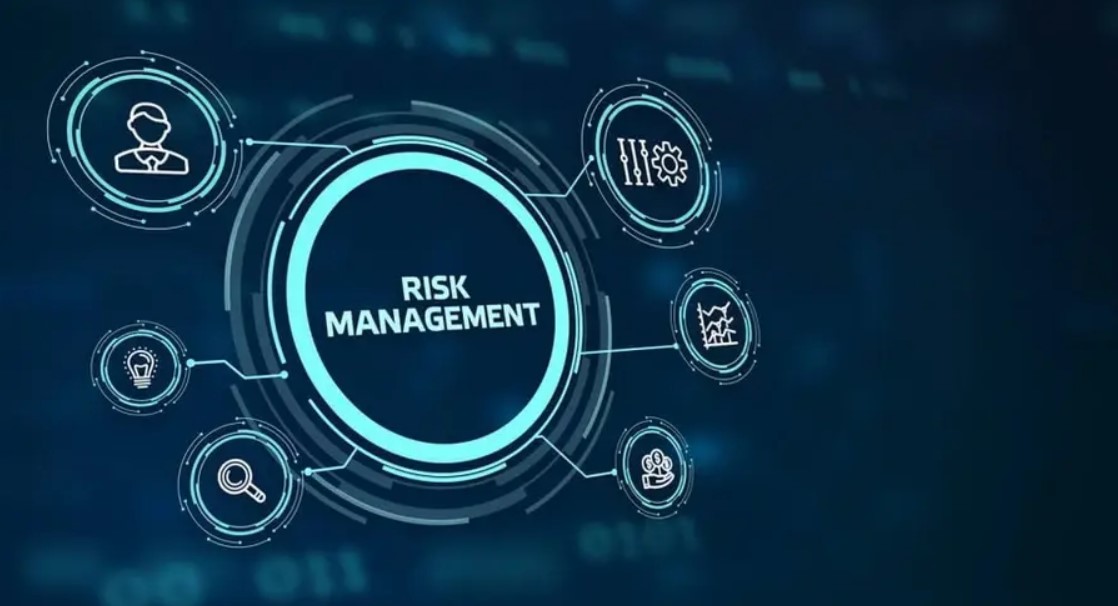
Smart Tech, Clean Earth: The Role of AI in Combating Climate Change
As climate change accelerates, people ask, "Can AI help fight climate change?" Artificial intelligence is now playing a role in developing smarter, faster, and more efficient climate solutions. Technology is being explored as a powerful tool to predict, mitigate, and adapt to global warming challenges. From energy systems to agriculture, AI applications are starting to support sustainable action.
Monitoring Carbon Emissions with AI
AI can track and measure carbon emissions with real-time accuracy across industries and cities. Satellites combined with machine learning detect methane leaks, deforestation, and pollution faster than manual efforts.
By processing satellite imagery and ground data, AI can pinpoint hotspots of emissions. These technologies are helping governments enforce climate policies and reduce greenhouse gas emissions more effectively.
Sensors and smart algorithms help monitor industrial activities, offering transparency. AI also helps verify the authenticity of carbon offset programs and environmental claims.
With AI`s speed and scale, regulators can act quickly on violations. This allows cleaner and safer management of global air quality and climate goals.
Optimizing Renewable Energy Systems
AI plays a key role in optimizing wind and solar power generation. Machine learning models predict energy output by analyzing weather patterns and grid demand.
This predictive ability reduces waste and increases the reliability of renewables. Smart grids powered by AI can balance supply and demand more efficiently than traditional systems.
Energy storage systems, like batteries, are also improved with AI. It controls when to charge and discharge power to reduce dependency on fossil fuels.
Through continuous learning, AI can identify peak usage periods and automate energy-saving strategies. This contributes directly to reducing carbon footprints across sectors.
Smart Agriculture for Sustainability
AI is revolutionizing agriculture with data-driven precision. Sensors and drones gather soil, moisture, and crop health data, helping farmers apply water and fertilizers efficiently.
Machine learning algorithms analyze data and recommend when to plant, irrigate, or harvest. This minimizes waste and enhances productivity without increasing emissions.
By reducing overuse of chemicals, AI also lowers the environmental impact of farming. Precision farming contributes to long-term soil health and biodiversity.
AI helps detect diseases and pests early, preventing crop losses. This ensures food security while maintaining eco-friendly practices in rural communities.
Disaster Prediction and Response
AI models are trained to predict natural disasters like floods, hurricanes, and wildfires. Early warnings save lives and reduce damage by enabling timely evacuations and resource planning.
Machine learning analyzes historical climate data, terrain, and satellite imagery. This supports risk assessments and emergency preparedness strategies.
Disaster-prone regions benefit from AI-powered simulations that model various climate scenarios. These models guide infrastructure investment and disaster insurance policies.
Fast and accurate disaster response using AI reduces long-term climate damage. It aids in rebuilding efforts with minimal environmental and human loss.
Climate Modeling and Forecasting
Traditional climate models are complex and computationally heavy. AI accelerates climate forecasting with deep learning algorithms that recognize climate patterns across decades.
Neural networks analyze temperature, sea levels, ice coverage, and precipitation data. These insights help scientists refine projections of climate futures.
More accurate models allow policymakers to design targeted climate policies. AI supports scenario analysis to understand the impact of different policy decisions.
This scientific clarity empowers international cooperation and informed decision-making. AI-enhanced models are vital tools in preparing for long-term environmental shifts.
Reducing Waste and Enhancing Recycling
AI is being used to sort and manage waste more effectively. Smart sensors and computer vision systems identify materials and direct them to the correct recycling streams.
Recycling centers using AI experience reduced contamination and higher efficiency. This leads to better reuse of materials and reduced landfill dependency.
AI also helps monitor consumer waste patterns. It enables municipalities to optimize waste collection routes and reduce fuel consumption.
Retailers use AI to track inventory and reduce food waste. This benefits the environment by lowering emissions from food production and disposal.
Sustainable Transportation Systems
AI supports the development of cleaner and more efficient transportation. Self-driving and electric vehicles use AI for navigation, route optimization, and energy management.
Public transportation systems use AI to predict passenger flow and reduce congestion. This improves fuel efficiency and reduces emissions.
Logistics companies rely on AI to optimize delivery routes. This minimizes idle time, fuel usage, and wear on vehicles, making freight more sustainable.
AI can also support urban planning by analyzing traffic patterns. Cities can reduce carbon-intensive travel through smarter design and infrastructure.
Energy Efficiency in Buildings
Buildings consume a large portion of global energy. AI can improve efficiency by managing heating, cooling, and lighting through smart automation.
AI systems monitor occupancy, weather, and energy use. This allows adjustments that reduce waste without sacrificing comfort or performance.
Smart thermostats and energy dashboards use AI to recommend energy-saving practices. Businesses and homeowners can lower energy costs while supporting climate goals.
In commercial buildings, AI helps identify faulty systems and leaks. These predictive maintenance systems prevent energy loss and improve sustainability.
Forest and Ocean Conservation
AI helps monitor deforestation and illegal logging through satellite analysis. Real-time alerts allow quicker interventions to protect forests.
Image recognition algorithms identify tree species and biodiversity loss. These insights support conservation projects and global reforestation campaigns.
In oceans, AI tracks illegal fishing and monitors coral reefs. Drones and underwater sensors collect data for marine research and preservation.
AI can analyze sonar and temperature data to assess ocean health. Protecting natural carbon sinks like forests and oceans is key to climate recovery.
Climate-Aware Financial Systems
Banks and investors are turning to AI for climate risk analysis. Algorithms assess how climate events impact asset values and supply chains.
Green finance tools use AI to identify and evaluate sustainable investments. This promotes capital flow into low-carbon and climate-resilient projects.
AI enables better ESG (Environmental, Social, Governance) compliance tracking. Companies can be held accountable for their environmental actions.
Insurance companies use AI to price climate-related risks. This ensures premiums reflect real exposure, encouraging climate-resilient development.
Educating and Engaging the Public
AI can personalize climate education through apps, games, and chatbots. These tools help individuals understand their carbon footprint and actions to reduce it.
Virtual assistants provide eco-friendly tips and real-time data on emissions. Public engagement increases as people become more aware of climate impact.
AI-powered social platforms identify trends and misinformation. Accurate communication helps counter climate denial and promotes science-based dialogue.
By promoting behavioral change through personalized suggestions, AI makes sustainability more accessible. It encourages community-level climate action.
Challenges and Ethical Considerations
While AI offers many solutions, it also consumes energy. Training large models requires significant computing power, raising concerns about carbon emissions.
AI must be applied ethically to avoid reinforcing social and environmental inequalities. Biases in data and algorithms can impact marginalized communities.
Data privacy and surveillance risks are another concern. Climate applications should prioritize transparency and fair use of technology.










